Over the last couple of years the Strathmont Center in Oakden became a paradise for South Australian urban explorers. The site was a huge abandoned playground, complete with a gym, pool, theatre, chapel, and a number of villas. Despite the fact that the centre was originally a state-of-the-art institution, the deteriorating conditions before the closure of the centre made life miserable for some people.
In the 1960’s, South Australia’s society was changing rapidly and the standard of living and treatment of patients in asylums like Glenside were under increasing scrutiny from the public. At this time children with mental disabilities were being housed and treated alongside adult patients who were mentally ill and psychotic. The government-owned Strathmont Center in Oakden opened in March 1971 to provide a temporary solution to the transfer of children from the Glenside Hospital. Initially the Strathmont Center was built as a $6.6 million model village on a 115 acre site, considered as a significant milestone in development of health services in the state, and the start of an era of new treatment procedures. The centre would not be set up like an ordinary hospital, but instead with a series of 17 villas, each of which is composed of four homes, which are all enclosed by a courtyard and a lawn, and have libraries, swimming pools, and a meeting hall. The institution was established in order to train the patients from birth to adulthood to become self-sufficient citizens. Patients would live in a group of eight in a home unit designed to provide them with a sense of family life that is missing in more traditional mental institutions.
For over thirty years, the centre ran relitavely smoothly, and many nurses and doctors looked back fondly on the time they spent there, however, in the early 2000s, the conditions of living began to decline, and the consequences were very serious. The South Australian government admitted that the model of institutionalised treatment at the centre had become outdated and modern alternatives were needed. Many whistleblowers who worked on the site complained about the poor conditions, claiming it was understaffed, and that in the majority of days only two doctors were taking care of 120 disabled people who needed 24 hours of support every day. This led to some residents locked up for hours in rooms, some without a light switch, and they had to knock on the door and the walls to attract the attention of the staff. Some staff said that the Strathmont Center was becoming a dumping ground for violent psychiatric patients from Glenside when there wasn’t capacity. The result of this was Lance Spence, a 41 year old down syndrome man who was bashed to death with a dumbbell by a fellow Strathmont resident in 2004. Lance lived at the Strathmont Center his whole life as his parents dumped him there, many of the carer’s knew him as a happy child. The very same institution that raised him and taught him all he knew, ended up killing him.
Lance’s death led to an investigation, which eventually led to the closure of the centre. Some patients had lived here their entire lives, within the confines of the Strathmont centre and they didn’t want to leave. The rest of the residents have been moved to community housing, and in 2014, Strathmont Center officially closed. The site will now be home to a new housing development, with all traces of the institution erased, but not from the memories of some.

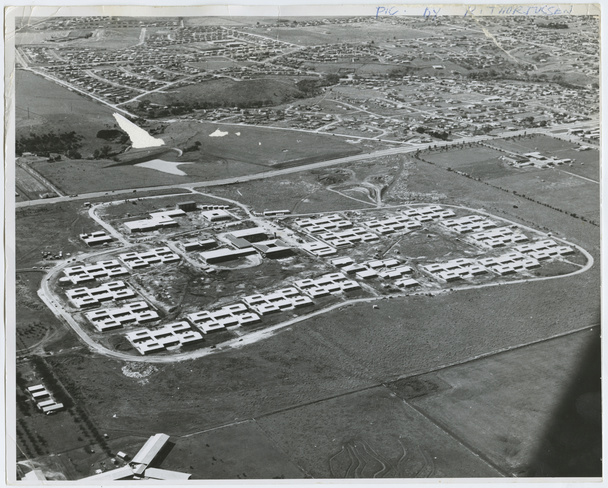
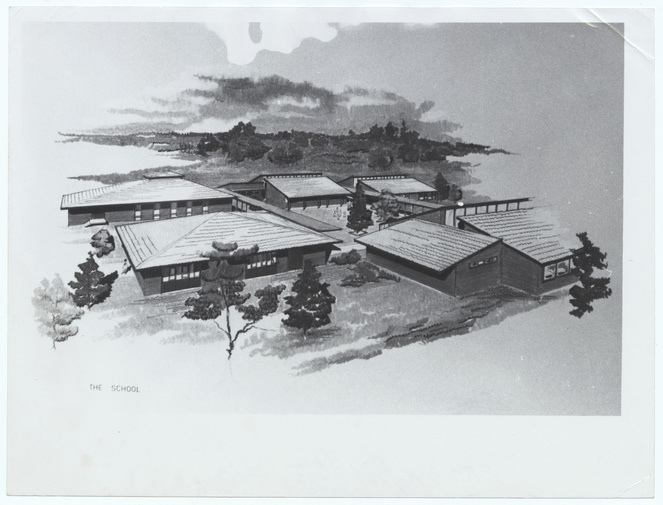
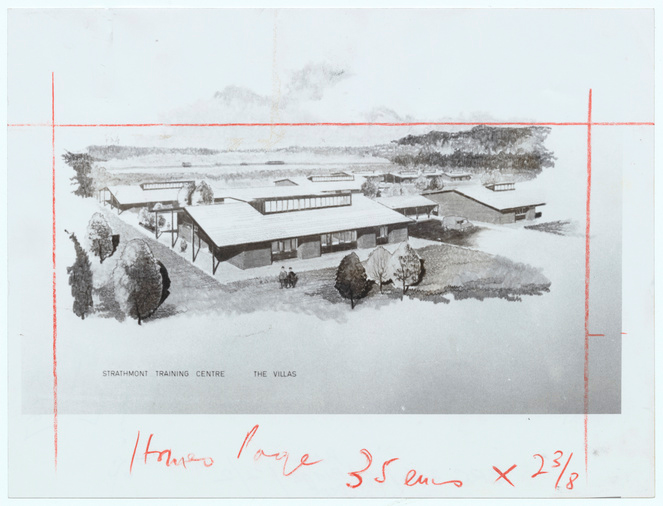
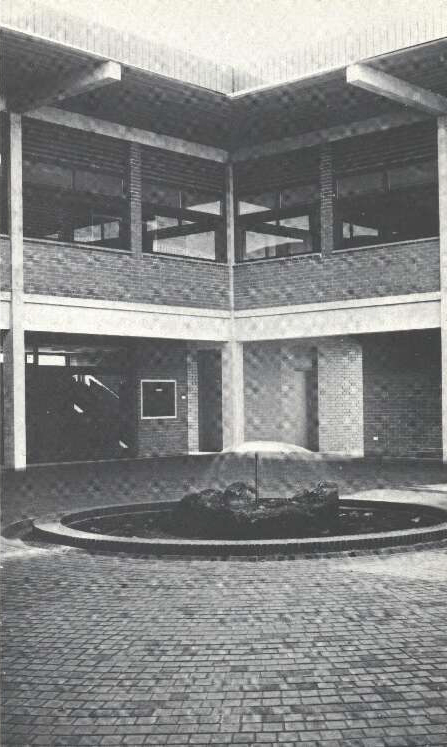
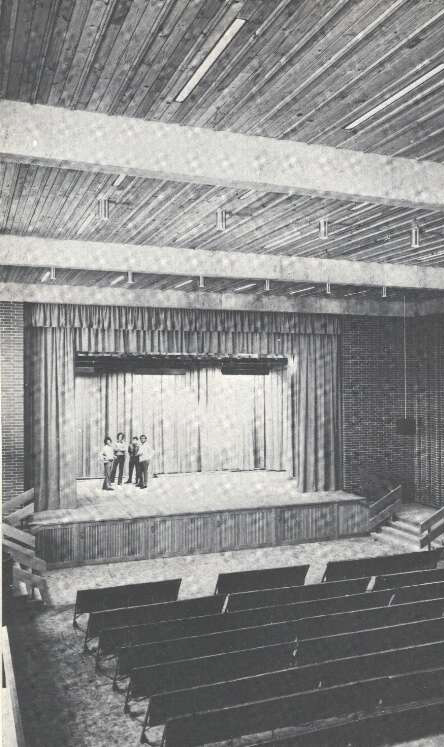
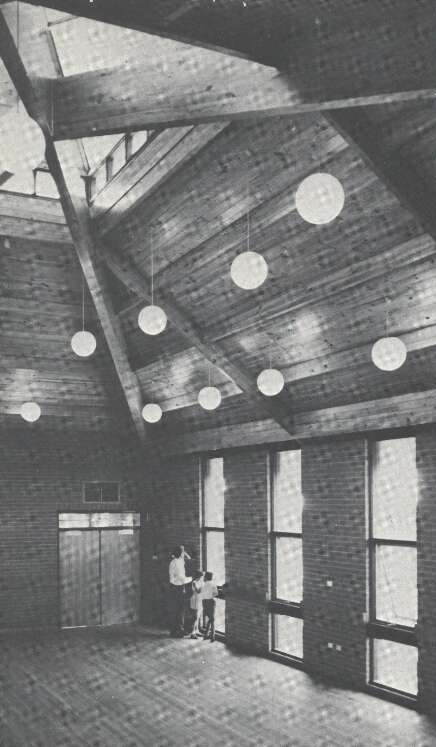

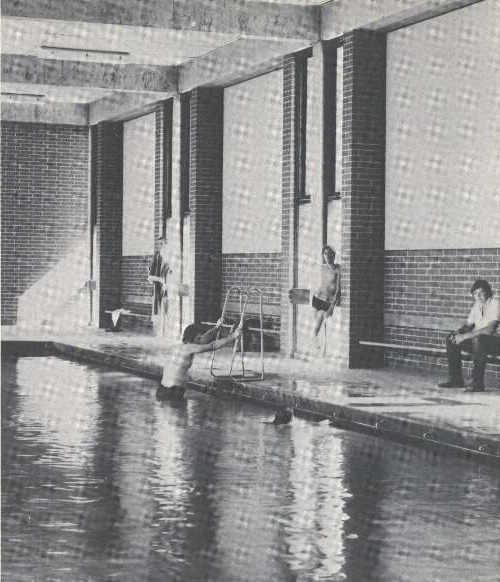

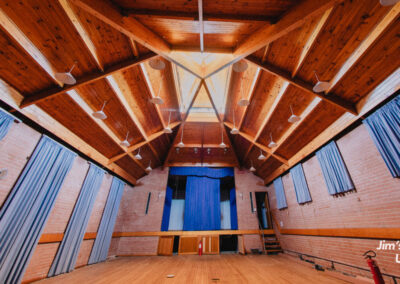
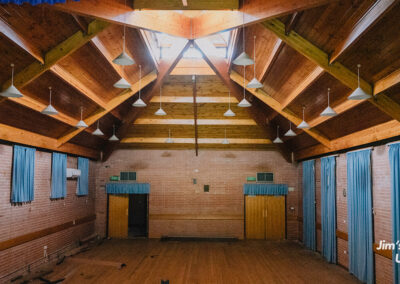
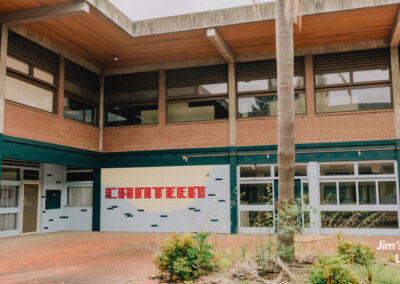
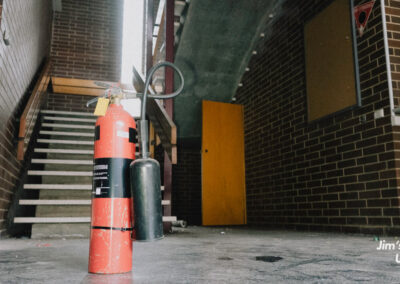
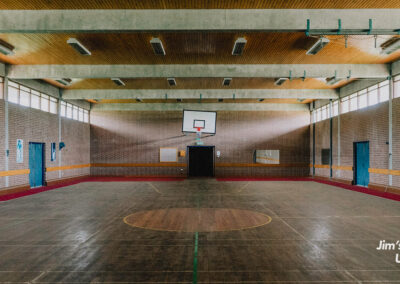
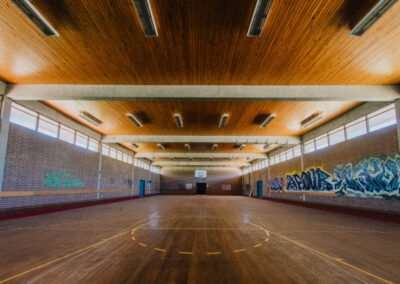
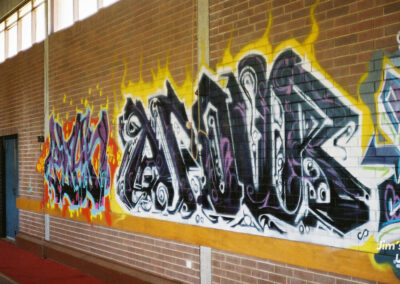
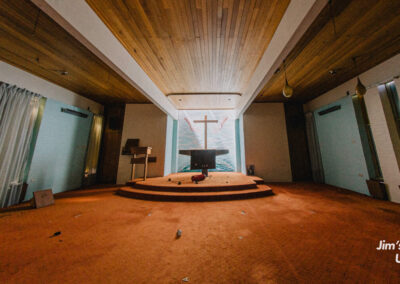
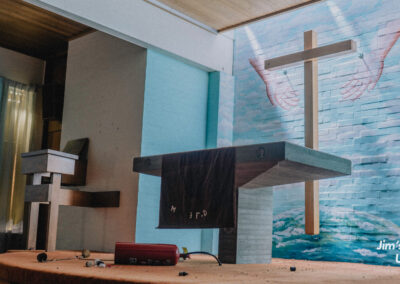
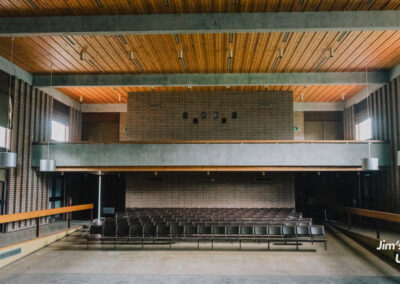
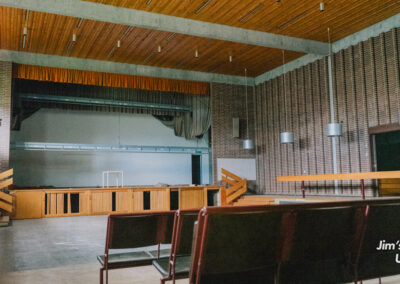
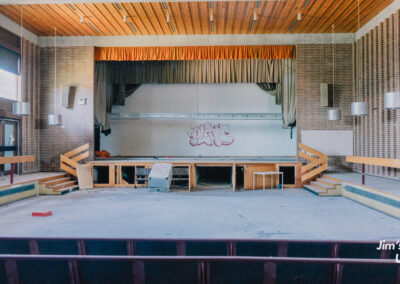
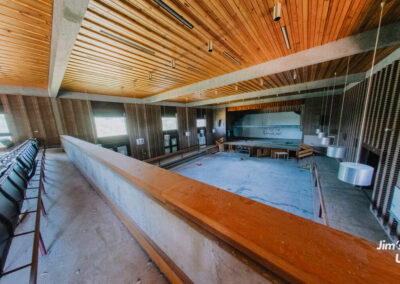

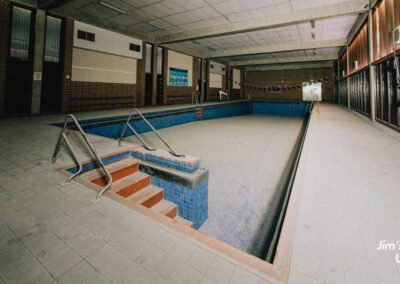
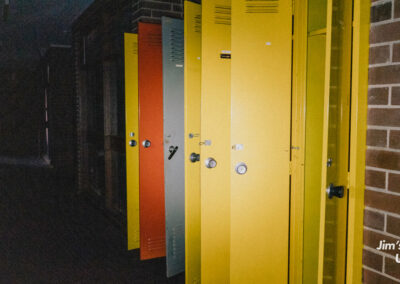
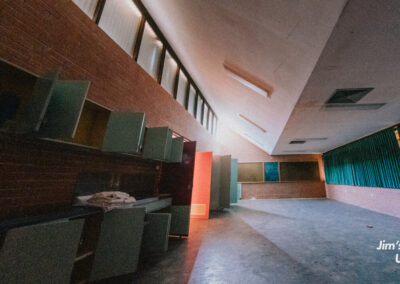
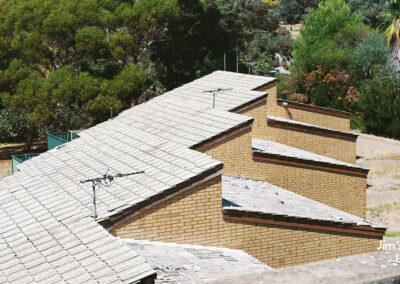
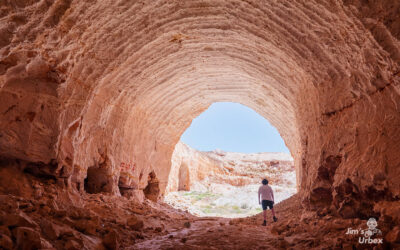

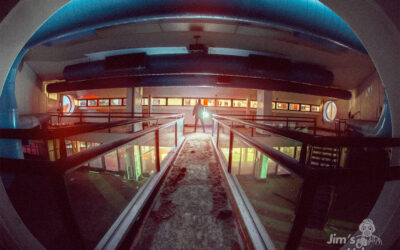
Just giving you a heads up that there’s an abandoned brick factory connected to a market at brickworks marketplace in Bowden. Its got a fair about of rubbish in it but it’s not too bad. You can climb on the roof and go inside by climbing through a hole in the metal gate at the very top corner. Highly recommend checking it out
can you take me to one of the abandoned places in Berri or Adelaide please if you can because it would be a really good experience and I would like to do what you do.
Please come visit Moonta and call into the Pietas Templum Gallery, 28 George street. Its a community peace room. There is a cult taking over the town and a dark history of tunnels. I have a full time job just staying sane and keeping the place i am in full of light.have been told there is a portal here and 2 pyramids. The new SA logo shows SA to be a dark gateway, into blackness, have you seen it?
Found your sites by accident but was shocked to read about Lance. I used to work with him in a villa he lived in called Kangaroo.
I wonder how the new housing estate will be at the back of the centre because those villas were haunted, especially Kurkali.
I worked Kurkalli U3 from 2011 to 2013 & never heard of any ghosts there. None at Bungoora or Pungari either
Is this one still possible to explore?
I’m not sure actually